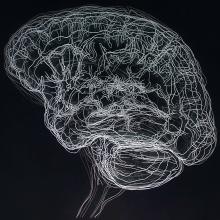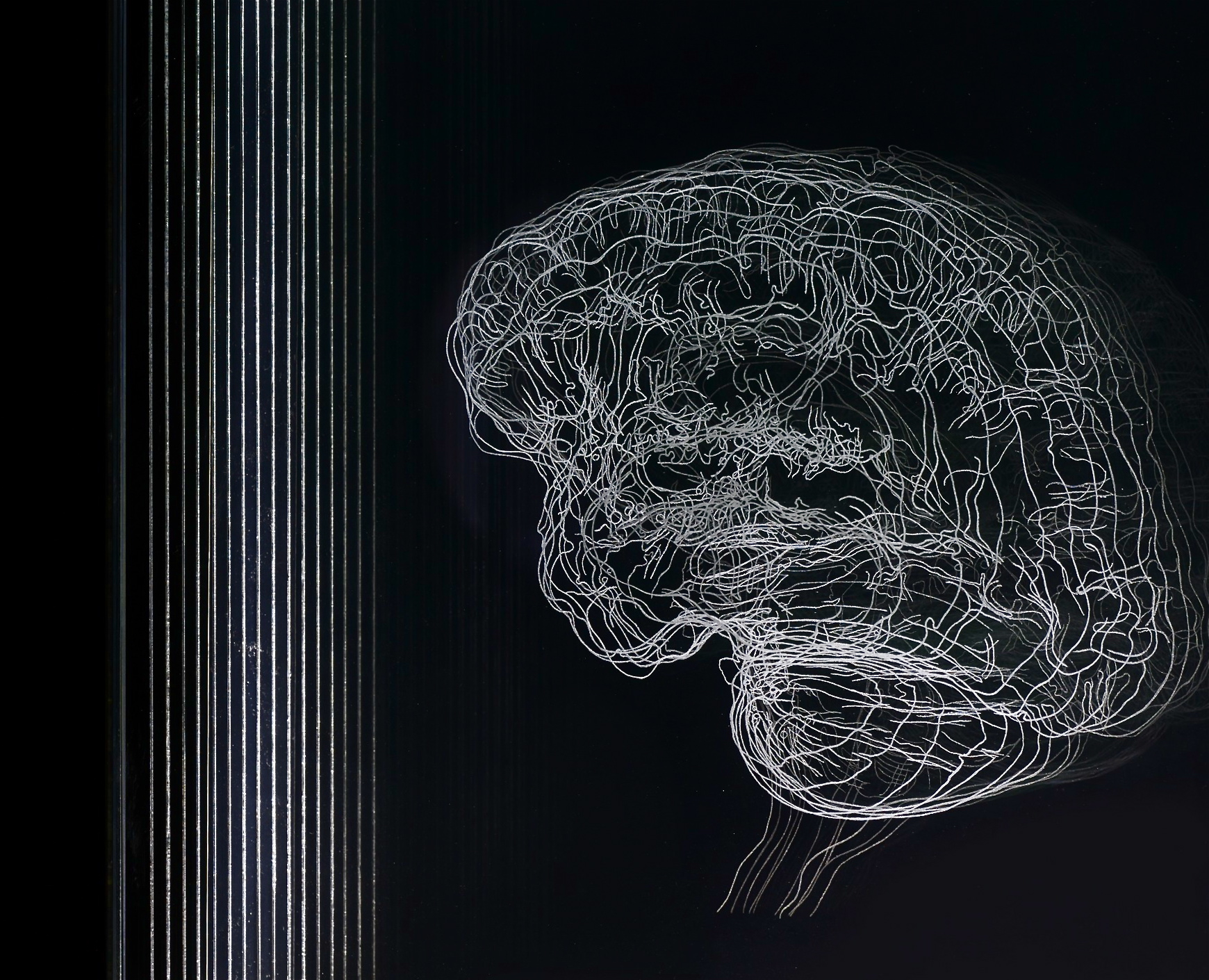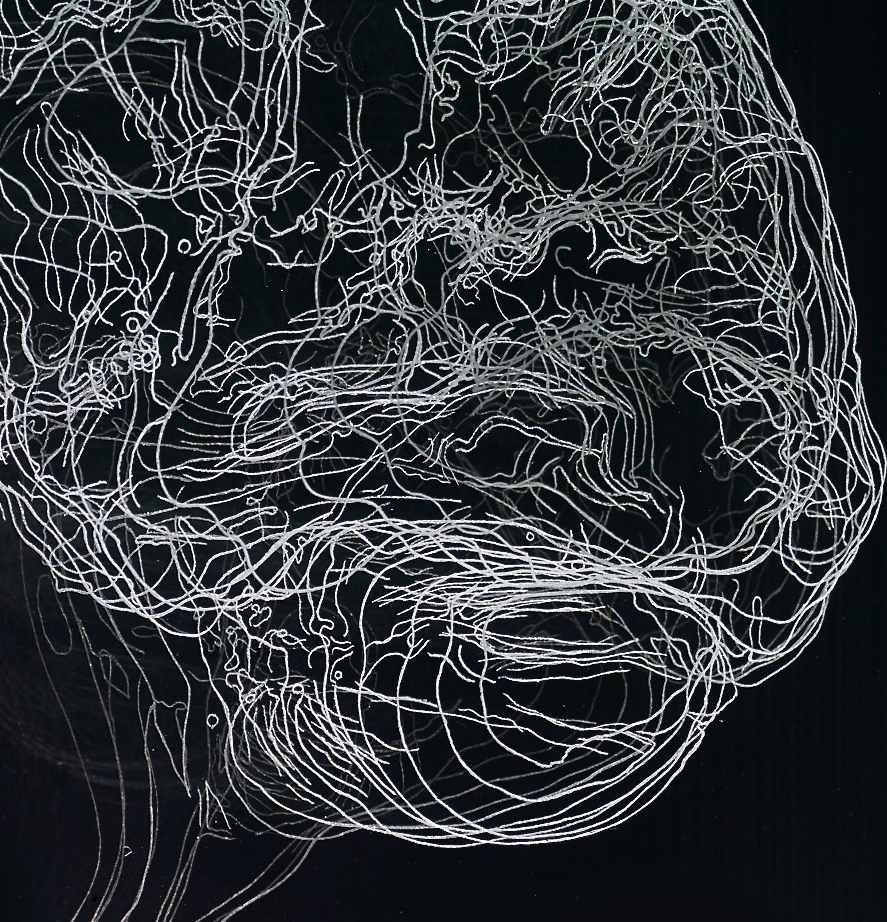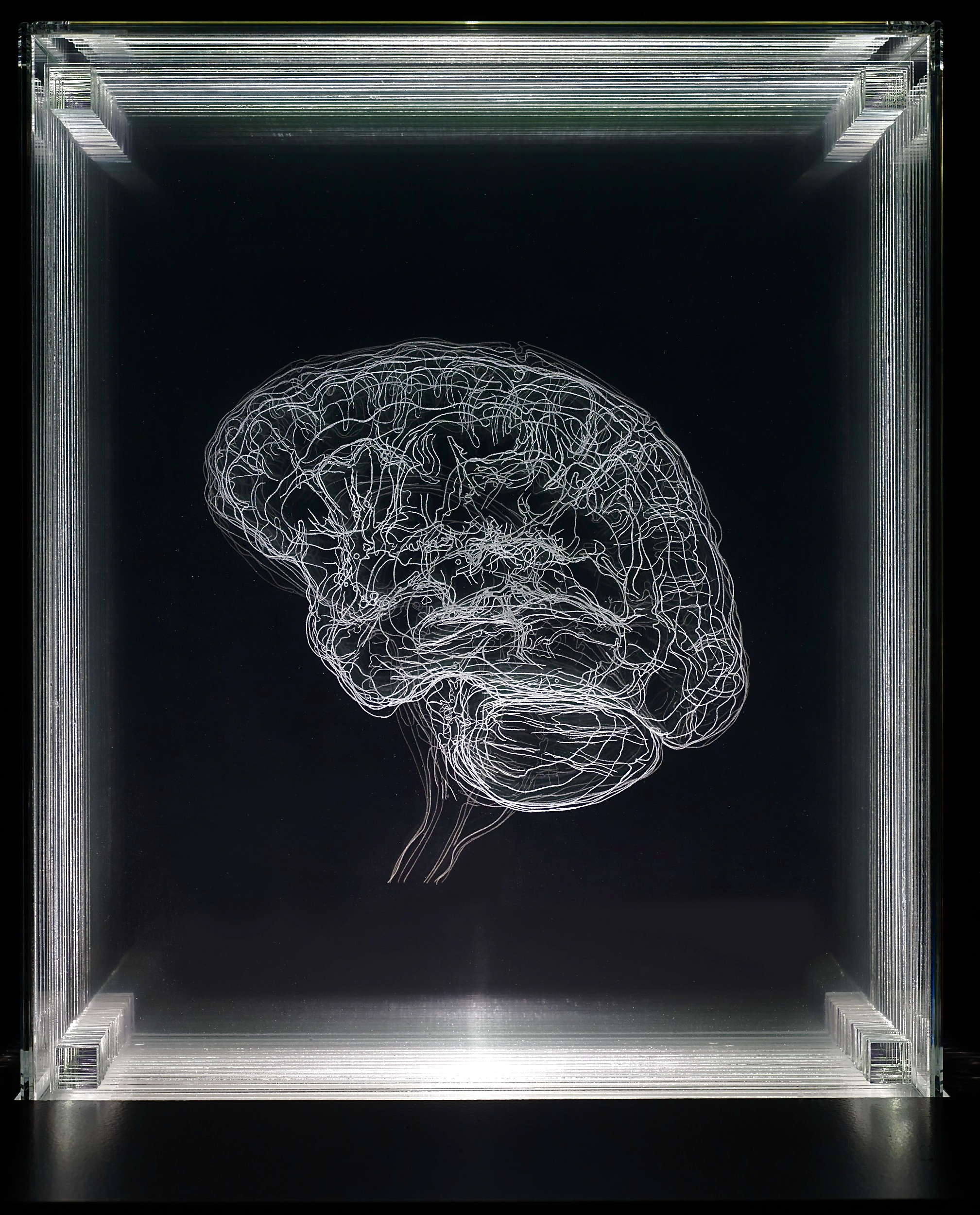
When an artwork appears in the newspapers, writes Rhys Fullerton, 'it's usually because it's about to sell for a large sum of money or because it's unusual and stands out. Angela Palmer’s Brain of the Artist (2013) falls into the latter catgory.
When it was unveiled at the Scottish National Portrait Gallery earlier this month, it quickly appeared in the media because of its striking imagery. This intriguing and unusual new acquisition is one not to be missed, not just for its appearance but also for its positioning within the Gallery.
Sat in the centre of the great hall and surrounded by busts of famous Scots of old, this modern piece of art is surrounded by the past. Some may question whether this is a sculpture and whether it’s a portrait, but the questions that arise are much deeper than this.

What’s surprising about this work is how small the brain seems. Portraits are often magnified to stand out in a gallery or on a wall in a house, but this small sculpture manages to stand out despite its magnificent surroundings.

The brain is what defines us and makes us who we are, and if we want to get to the core of ourselves then we can't get much closer than this. Brain of the Artist sits beneath the illustrious, but what it manages to do is to suggest that these great people from the past are almost human and that perhaps it’s time to move away from them and start looking to the future.
The artwork, the technology and all the portraits in the Gallery exist because of the brain, but where else will the brain take us and what other great things can it do? Brain of an Artist is the perfect place to start in search of answers.

Do you have a favourite work of art or exhibition in Broughton or nearby? We'd love to hear from you about it. Contact us contact us by email at spurtle@hotmail.co.uk on Facebook Broughton Spurtle or Twitter @theSpurtle
[All photos courtesy of the National Galleries of Scotland]